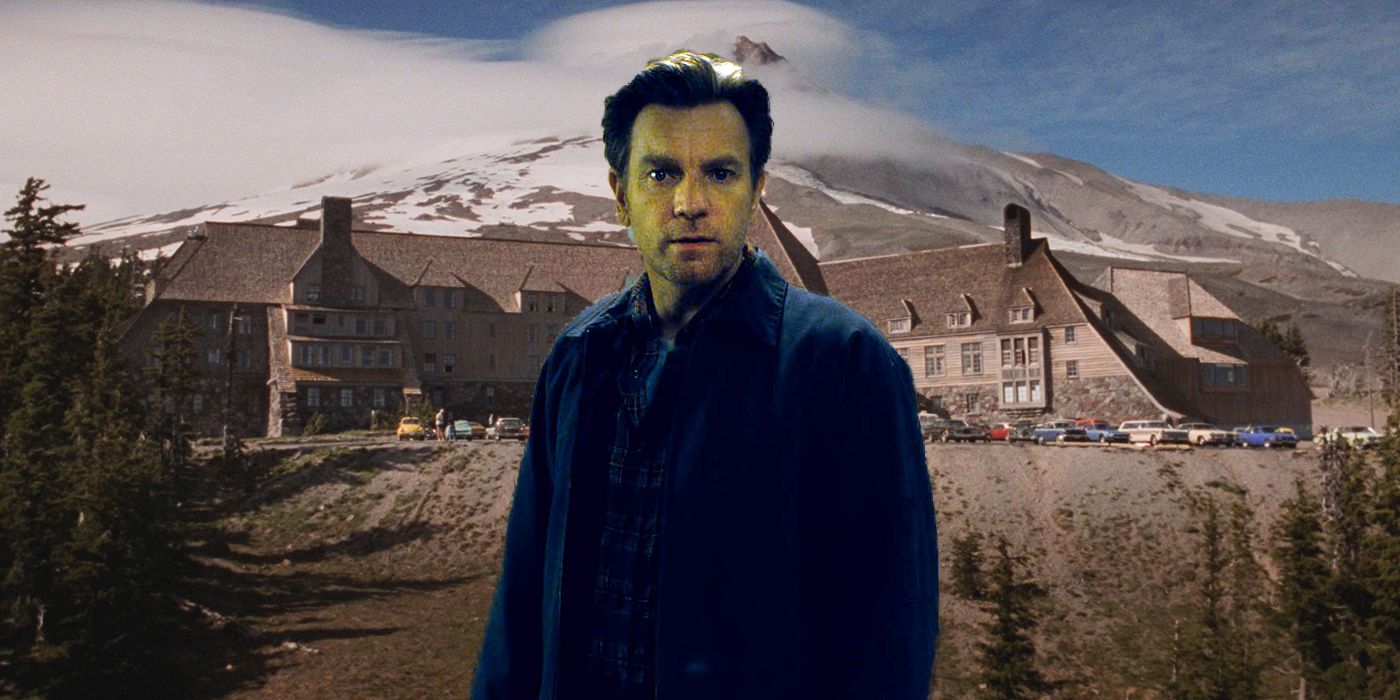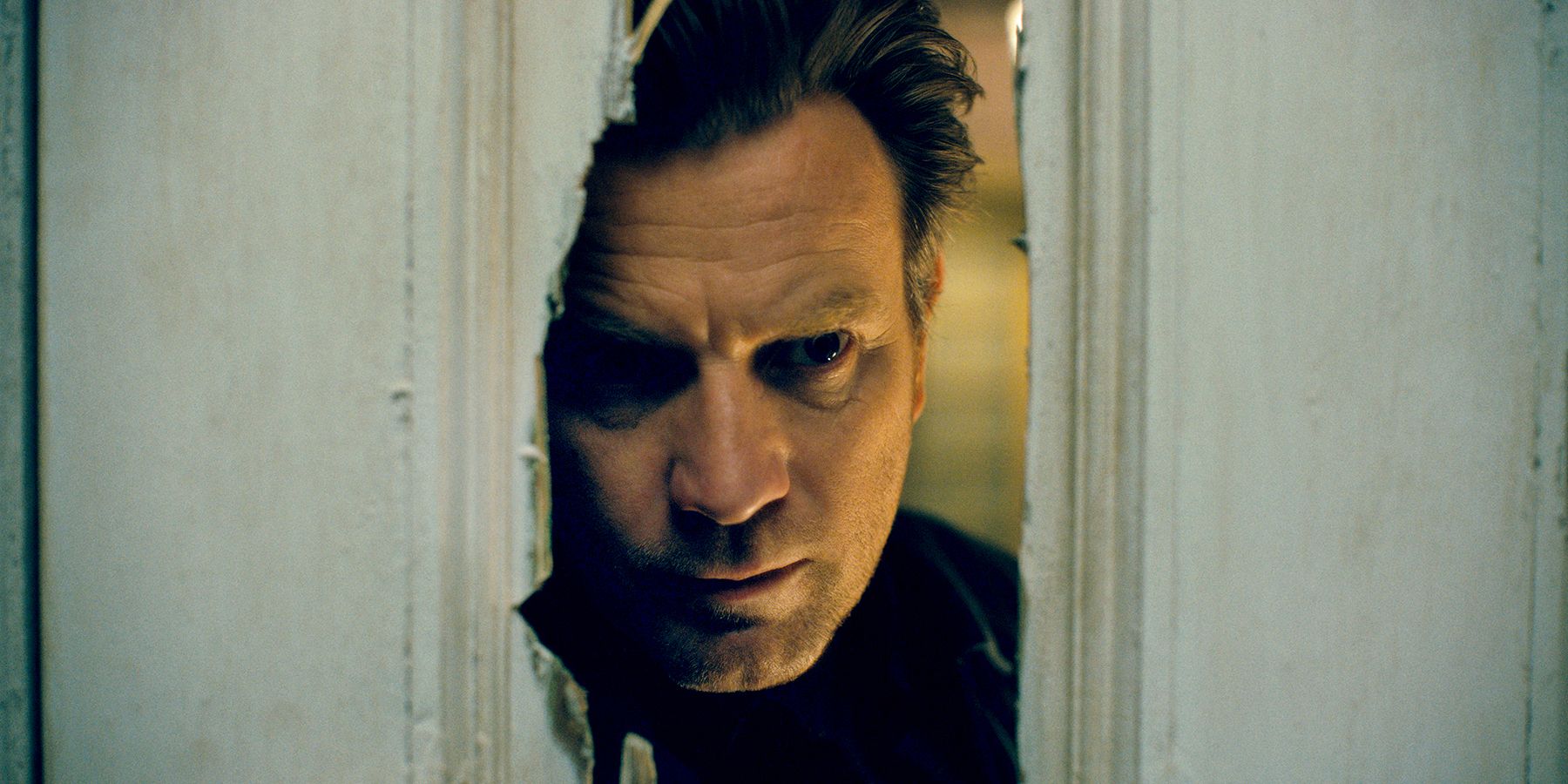Doctor Sleep director Mike Flanagan was faced with the task of recreating The Shining's iconic Overlook Hotel, and here's how he did it. When it comes to horror films, few are as indelibly etched in pop culture as The Shining, even if Stephen King has never been happy about how his book was adapted by Stanley Kubrick. The Shining is, in the opinion of many, one of the scariest films of all time, and features a knockout performance by legendary Oscar-winner Jack Nicholson.
Crafting a sequel to it was never going to be an easy job, but Flanagan accepted the challenge with gusto, setting out to create an adaptation of Doctor Sleep that would please both fans of King's sequel novel and Kubrick's classic Shining movie. Lots of viewers would argue he succeeded, although one would have never known that based on Doctor Sleep's anemic box office take. Still, The Shining was itself not a box office smash, so it that respect the sequel is in good company.
As part of Doctor Sleep, Flanagan set out to recreate many famous visual elements of The Shining's Overlook Hotel, and did well enough that many thought he'd just reused footage from Kubrick's film when seeing the sequel's trailer for the first time. He's how Flanagan accomplished that feat.
How Doctor Sleep Recreated The Shining's Overlook Hotel
Luckily for director Mike Flanagan, he came into recreating the Overlook Hotel in Doctor Sleep with a secret weapon. Flanagan was able to obtain the original blueprints that The Shining director Stanley Kubrick used to construct the Overlook Hotel interior sets back in 1978. The blueprints were still in the possession of Warner Bros., the studio behind both Stephen King adaptations. This ensured that Flanagan could have his Overlook Hotel sets built to the same specifications once approved by Kubrick.
Beyond rebuilding the different areas of The Shining's Overlook Hotel, Flanagan also studied Kubrick's film frame-by-frame, in an effort to make sure that every single object and detail visible in each room was included in the recreation. Flanagan set to out obtain every book, every framed photograph, every possible thing seen in The Shining's Overlook that he could duplicate, in an effort to make the viewing experience between the two films seamless and not take the viewer out of the story. The result of his painstaking efforts can be seen throughout the final act of Doctor Sleep, and in some of the early scenes with child Danny Torrance. It's a truly impressive piece of work, and another reason Doctor Sleep deserves to expand its audience in the years to come.


